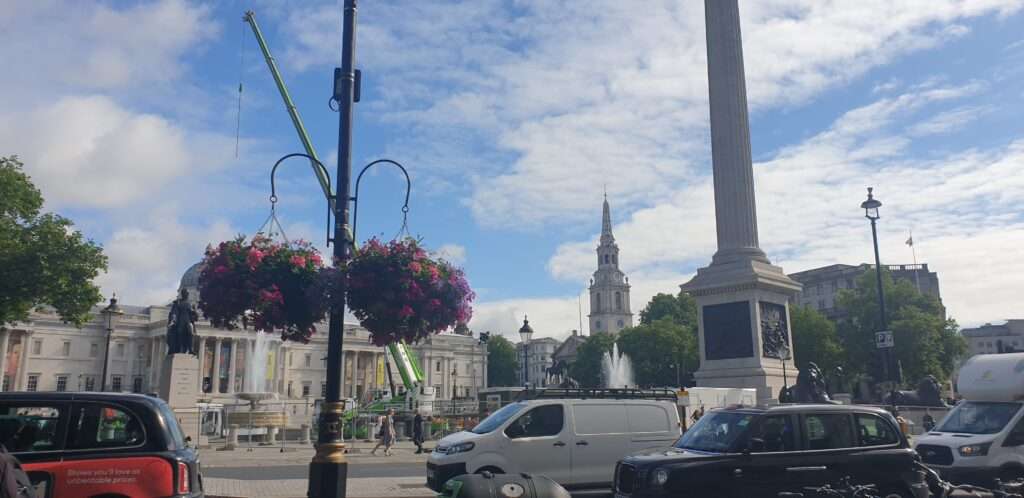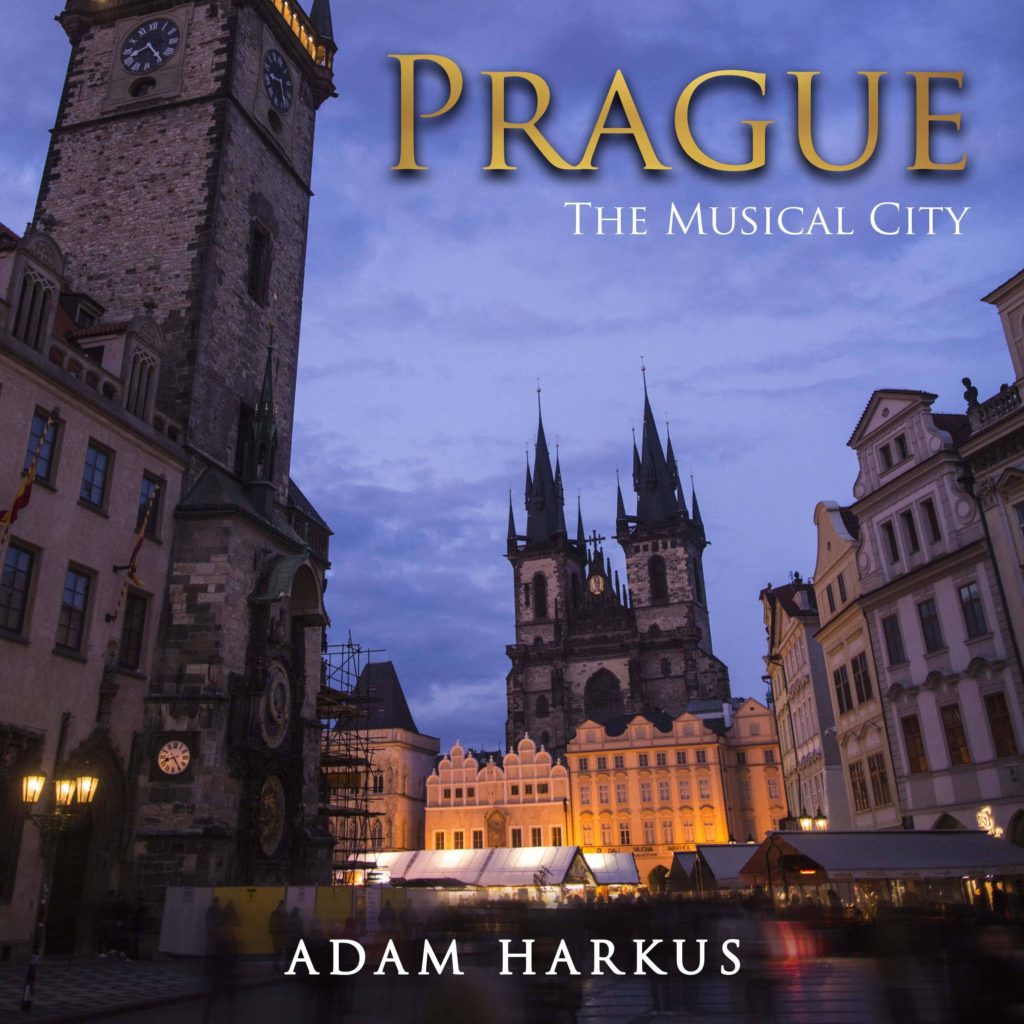As the old man disappeared into the distance never to be seen again, I passed a signpost pointing over a narrow babbling stream back to Anjuna, obviously the road I should have taken. This was the endpoint of the chaos and the beginning of my journey in earnest. As the dazzling sunlight ripped through dense trees either side of the path, the moistness of the previous rainfall was streamed away before my very eyes as the backdrop and atmosphere changed from forest to tropical. Locals passed with wide welcoming smiles and carefree abandon. I tried to adapt my regimented march into their rhythmic, relaxed stroll.
Although I’d lost track of time amidst the beauty of the path along the widening stream, It soon wound it’s way into a small village of wooden huts partially raised from the ground on small stilts, no doubt as a defense against flooding. I immediately noticed a barber’s chair in the first, but they were all so similar, the others could have been selling anything, even just homes. I noted “lack of shop signs” in my virtual diary, but this area served people who would be classed as homeless back home. And yet there was no misery, no begging. This was a positive, happy place, quiet and relaxed, and I passed through almost unnoticed.
As I reached a junction the stream had now become a river, to my right was the path to Baga/Calangute, to my left was another way back to Anjuna and, to my surprise, a partly built apartment block. Skilled, gymnastic builders climbed the concrete and steel structure above an already completed salon and convenience store, no hard-hat, protective gear or even shoes here, this was manual labor with the most basic of tools. I looked back to the village just back up the path, my first experience of the contrast between old and new Goa right here. This was a place of rapid expansion and building work, seemingly oblivious, or worse, uncaring towards the traditional communities in the woods. Why would anyone need a salon here anyway? As I took the right turn to Baga, I noticed the answer. A large, sprawling holiday complex over the river, empty and out of season, I felt lucky to have avoided the crowds and continued down the path as the heavens opened once again.
The regular roadside pauses out of the rain broke up my progress, but with each passing moment I was shifting away from my default western mindset. I looked back on my journey from home, to Mumbai and even from the hostel. It had been an adventure I should have savored. It doesn’t always have to be about getting from A to B in the shortest route or the fastest time. It should be about enjoying the journey. As I stood sheltered under a vast canopy of a giant tree, I stopped caring about how long this spell of rain lasted. Instead, I just took a breathe, admired the scenery, and moved along until the next spell, Baga was close now and I couldn’t wait to see it.

Eventually the path twisted towards the widening river as an ugly, monolithic, concrete and steel bridge loomed into view. Typical of the ‘modern’ Indian buildings I’d seen so far, the workmanship consisted of still protruding steel rods and large square concrete blocks all clagged together with cement, probably in double quick time. I imagined the locals would say It served a purpose and got you across the river, so what’s the problem? Nevertheless, the complete lack of architecture and design of this monstrosity against the beautiful backdrop always made me smile. Indian’s have no hangups about this sort of thing at all. I broke into a half-sprint, the only way to get up enough momentum to make it up the almost vertical concrete ramp, which looked to be disintegrating under my feet, and with a final push eventually made it into an uncomfortably narrow tunnel. I kept up the pace out of a childish fear of the dark and enclosed spaces and eventually emerged in Baga.
As I looked back over the river I could see it expand into a small lake, and then out into the Indian Ocean. I could see the Baga coastline with it’s sandy beach and palm trees in the distance to my left and the impassable cliff face hiding the Anjuna coastline to my right. In the centre the glowing orange Indian sun casting it’s hazy magic over this perfect picture postcard. I stood for a moment as my breath was taken away, before realizing the monsoon had broken the river’s banks so that my path to Baga beach was cut off.
Back in England I would have turned back. An unacceptable situation. What about my shoes? What’s in the water? Would I drown? But here, no worries. I plodded through the marshes knee deep with my wallet in hand, out of the way. Back home we worry too much, paralyzed by the anxiety of trivial dangers, or even just change. I acknowledged the smiles of others, almost waist deep in the water compared to myself, and then the smiles turned to laughter. This was an act of God, and nothing anyone could do about it. With tired legs, a welcome sight. A public convenience. Similar to the bridge, another concrete monstrosity, gigantic in size but this time painted in a slap-dash red and white striped colour scheme, just incase it didn’t clash with the scenery enough. An eyesore, but at least now I was out of the water.
At last I crossed over the main road that passed through Baga and Calangute, and made it onto Baga beach, which was bustling with the Indian holidaymakers I’d heard about. Men, women and children of all ages, rejoicing, playing and laughing in complete abandon, free of any westernized notion of ‘cool’ or ‘proper’. This was just families and friends letting their hair down. Women, modestly fully clothed, Fathers somersaulting into the sea and packs of children in their element. I imagined a similar scene at the coast back home, in it’s heyday, before the EU regulation and uncaring councils strangled the life out of everything. I stood back to observe them in the distance, being the outsider, but I was soon called over.
Like a long lost cousin, I was greeted by a couple of similar age with open arms and huge smiles. The cameras were out as they excitedly engaged in small-talk. My height was something of a revelation to them as I towered over them in my still wet-through clothes. This was common, as westerners were perceived as near movie stars over here, or rich, successful businessman / sports stars at least, something I wasn’t altogether comfortable with given my lowly call center status at the time. More than that though, the people of India seemed unaware of their own considerably more human assets. Another picture for the scrapbook.
It was high time for a rest, so I happened open a ‘Coffee Day’ outlet at the side of the road to Calangute. As I ordered and sat down I again observed my surroundings. This place was another step towards the modern, tourist-centered Goa, Just opposite a branch of Subway, it was the most chrome and glass I’d seen so far. A young, spectacled lad ran the show single-handedly, as an army of customers and friends looked on in admiration. To him, he was on the first step to bigger things, to fulfilling his dreams, so he was going to be the best he could be, and all his friends were behind him. I’d never seen someone take such a pride in his work and position, but, as I was beginning to understand, this was another ‘Lesson in Life’, this was why Indians are the best waiters in the world, this is how they are able to come over to our country and build up a business from nothing. Indians are always looking to better themselves, for themselves and their family. Indians would never turn down a job in a cafe or a McDonald’s because it was beneath them, unlike back home. Indians would never scrounge from the state, they don’t have that option here.
As I pondered the shameless laziness of the British benefits culture, I saw another side to the lad, why the fascination with the west? What were we doing that was so right? Is it really all about money at the end of the day? What about traditional Indian history and values ? Those are questions I returned to throughout my trip, but nevertheless, for better or worse, Goa was changing, and all I could do for now was admire the lad just like everyone else in the cafe that day.




The road to Baga takes you on an exciting journey that is filled with beautiful images and engaging stories. The author creates a story that takes you on a road trip and makes you feel like you are on the road yourself. The beautiful scenery along the way makes you feel as if you are right there in Baga. The blog creates an amazing picture of the place that makes you want to go there. You want to see all the magical roads and all the hidden places mentioned in the blog.
Thank you very much!